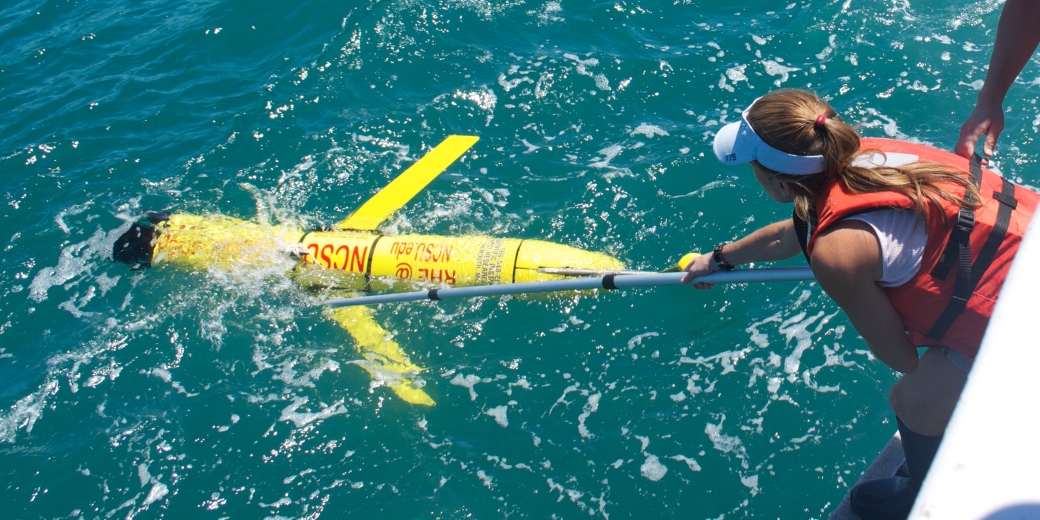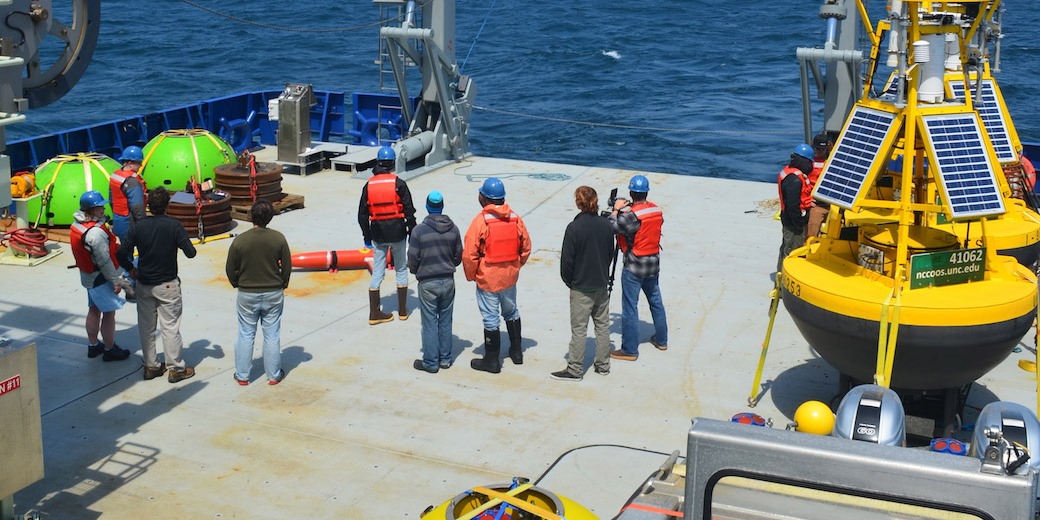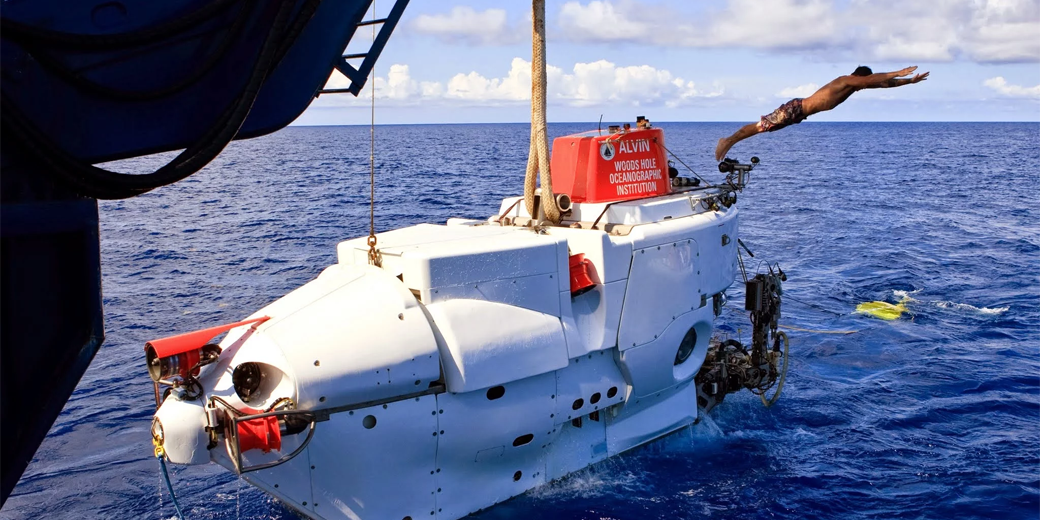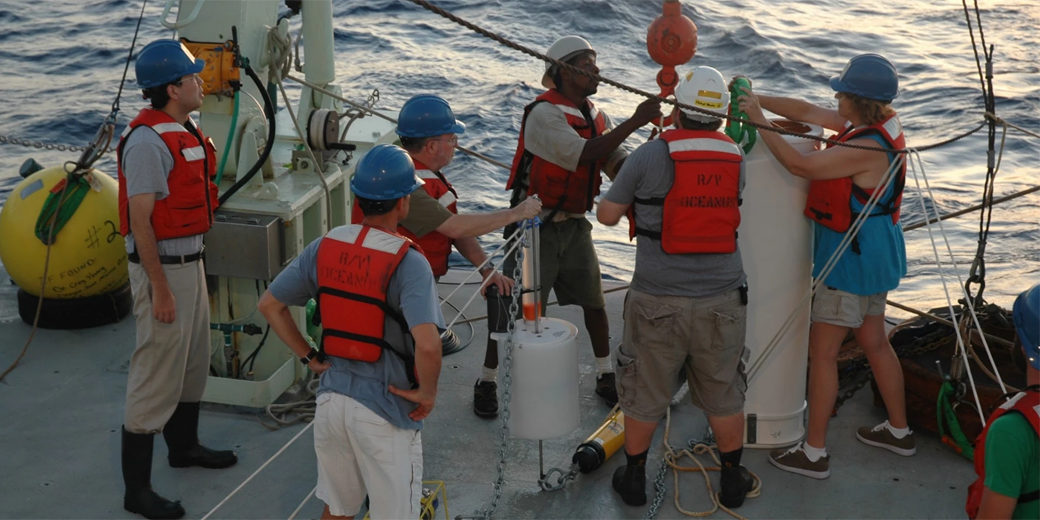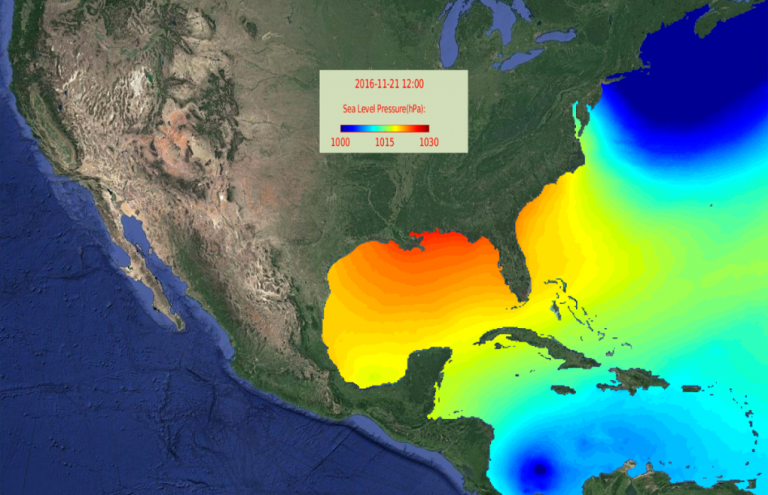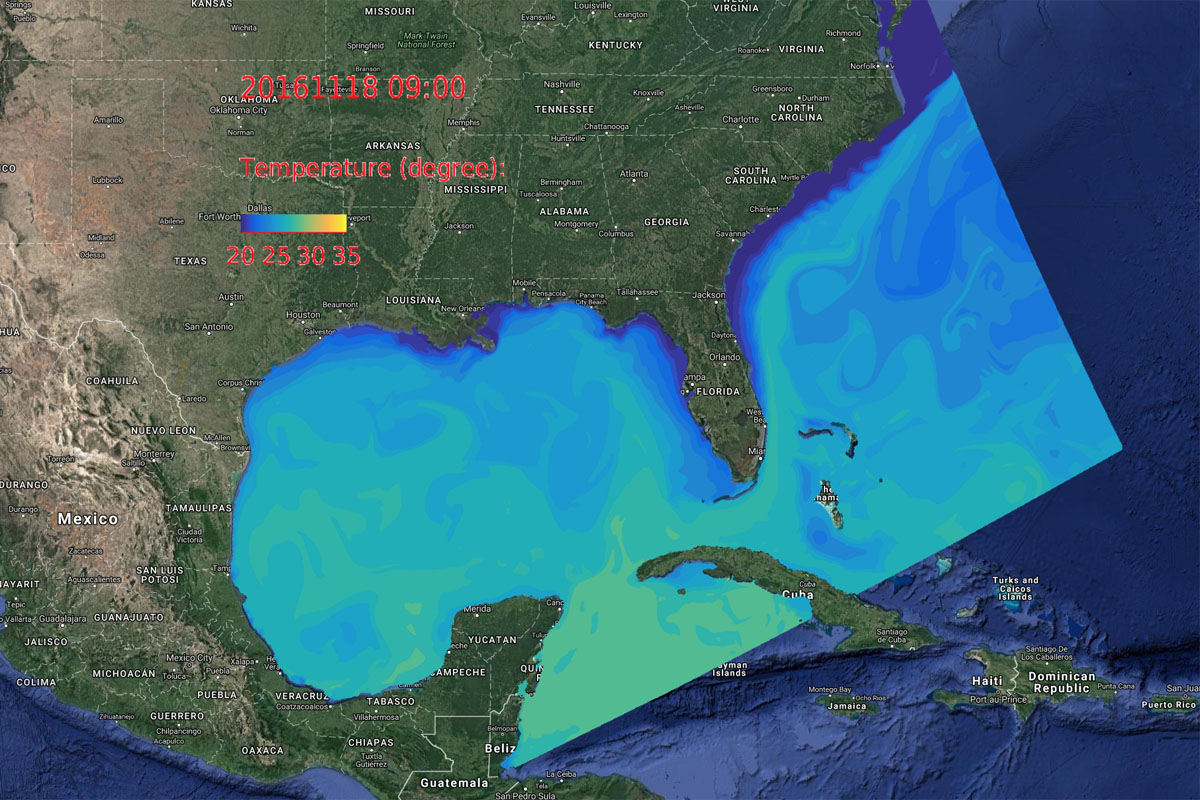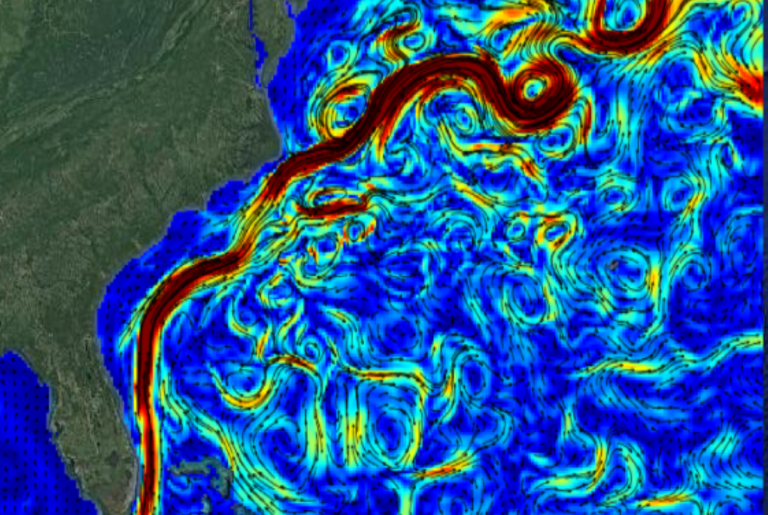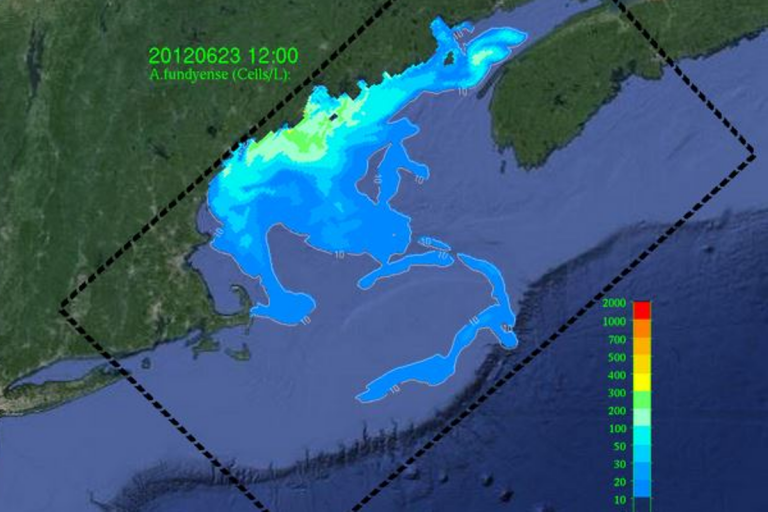Welcome to the
Ocean Observing and Modeling Group (OOMG)
in the Department of Marine, Earth & Atmospheric Sciences of North Carolina State University.
We use in situ and remotely sensed observations, numerical models, and data analysis/assimilation to examine ocean circulation and to understand its interactions with meteorological, biological, geological, and chemical processes.
Our research interests include
Numerical modeling
Coastal circulation dynamics
Marine physical-biogeochemical interactions
Air-sea interactions
Satellite oceanography
Data assimilation
Coastal ocean observing systems
AI and Machine Learning
We welcome interested students and researchers to visit and consider joining OOMG.
Products
Coupled Northwest Atlantic Prediction System (CNAPS)
The Coupled Northwest Atlantic Prediction System (CNAPS) is a three-dimensional marine environment nowcast and forecast model developed by the Ocean Observing and Modeling Group. This fully coupled ocean circulation, wave, and atmosphere modeling system predicts conditions over a wide area of the coastal northwest Atlantic Ocean on a daily basis. Learn more.
SABGOM Marine Environment
The South Atlantic Bight – Gulf of Mexico (SABGOM) model is a three-dimensional marine environment nowcast and forecast model developed by OOMG. This system provides predictions of ocean circulation, wave, and atmosphere conditions on a daily basis. Learn more.
Gulf Stream Position Tracking
The position of the Gulf Stream off the U.S. east coast varies according to large-scale oceanic conditions. This plot of Gulf Stream long-term mean position (solid line) and its daily variation (dashed line) is based on AVISO daily sea surface height (SSH) data. Maximum SSH delineates the edge of the Gulf Stream. Learn more.
Gulf of Maine Harmful Algal Bloom Prediction
Weekly forecasts of blooms of the harmful alga Alexandrium fundyense in the Gulf of Maine are made each spring and summer using a coupled physical – biological model. The coupled system consists of a state-of-the-art, free-surface primitive equation Regional Ocean Modeling System (ROMS) tailored for the Gulf of Maine using a multinested configuration and a population dynamics model for A. fundyense. Learn more.
